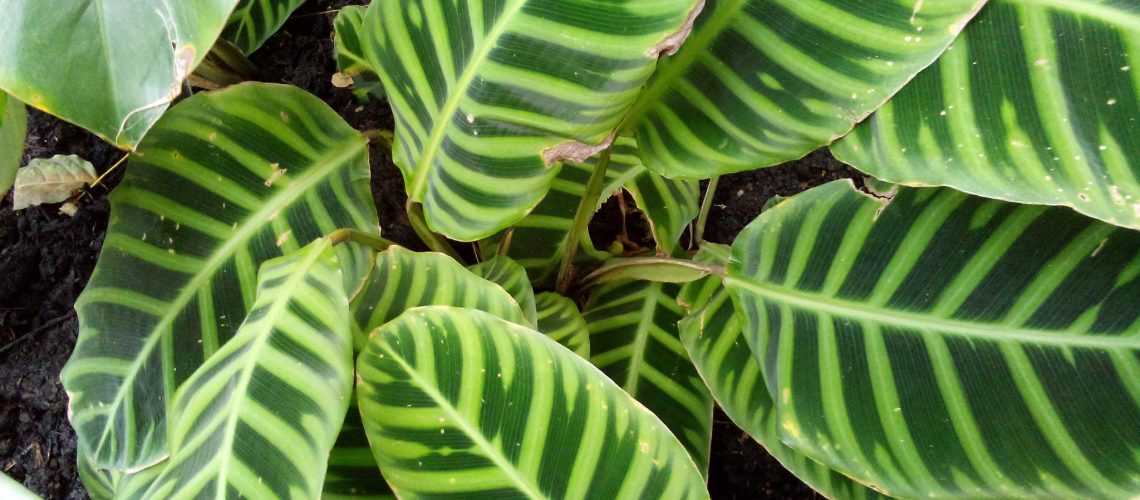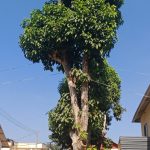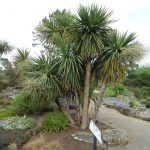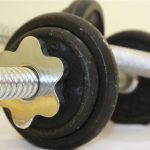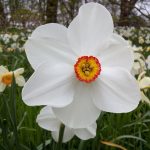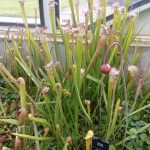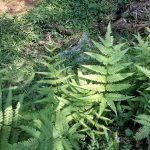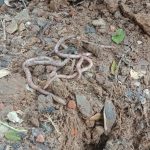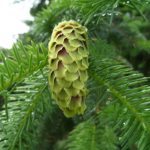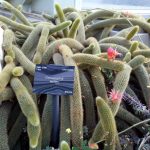PLANT PHYSIOLOGY
Water is an important component of the plant body and plants are dependent on water for their life functions.
Plants require about 15 different minerals for the normal functioning of plants. Among these Nitrogen is the most important as it is the building block of proteins. Since Nitrogen is inert, formation of nitrates for absorption by plants is called Nitrogen fixation. The uptake and utilization of Nitrates is included under Nitrogen Metabolism.
The uptake and translocation of water and the use of water for photosynthesis and the formation of sugars is very important in plant life.
The oxidation of sugars to release energy and the usage of energy for carrying out the various processes like growth and reproduction are other essential activities of plants . These are all included under the branch of biology called Plant Physiology
Transport in Plants –A summary
The substances transported in plants are water, minerals, dissolved solutes and plant growth regulators.
Over small distances these move by diffusion while over longer distances this occurs through the vascular system composed of xylem and phloem and is called translocation.
Water and minerals move in an upward direction through xylem while the organic nutrients move in a downward and lateral direction through phloem though seldom it may be upward.
Diffusion is a passive but if it assisted by proteins it is facilitated diffusion. The proteins form channels in the membrane for molecules to pass through and the large pores formed are called porins. These proteins may bind to an extracellular molecule and release it on the inside of a cell by rotation. Some of these are water channels made of special proteins called aquaporins
Based on the type of molecule transported, the processes that carrier proteins follow may be symports that allow both molecules in the same direction. In an antiport they move in opposite direction and when a molecule moves independent of other molecules, it is uniport.
In active transport, the movement of molecules is against the concentration gradient where energy is used to pump the molecules and carry it across the cell membrane.
Comparison of the different transport processes in plants
| Property | Simple diffusion | Facilitated transport | Active transport |
| Requires special proteins | No | Yes | Yes |
| Highly selective | No | Yes | Yes |
| Transport saturates | No | Yes | Yes |
| Uphill transport | No | No | Yes |
| Requires ATP energy | No | No | Yes |
Water potential (ψw ) is a concept relating to the kinetic energy of water. Solute potential (ψs ) and pressure potential (ψp ) are the two components of water potential. (ψw ) = (ψs ) + (ψp )
The greater the concentration of water in a system greater is the water potential and pure water has the highest water potential which is zero.
When solute is added to water the water potential becomes negative and so solute potential is always negative. When a solution is at atmospheric pressure (ψw ) = (ψs )
Osmosis is a specialised diffusion of liquids across a semipermeable or a differentially permeable membrane that occurs in response to a driving force. The net direction and rate of osmosis depend on pressure gradient and the concentration gradient.
Water will move from a region of high chemical or water potential to a region of lower chemical or water potential until equilibrium is reached.
In an osmotic system the presence of solute creates a negative pressure or osmotic potential and when this pressure can be nullified by application of an opposing pressure, water will move in the opposite direction and this is called reverse osmosis.
Plasmolysis is the behaviour of plant cells or tissues with regard to water movement in the surrounding medium.
If the external medium balances the osmotic pressure of cell sap it is said to be isotonic.
But if the medium is concentrated it is said to be hypertonic and plant cells in such media tend to lose water and shrink (flaccid).
If the medium is dilute it is said to be hypotonic and the cells in such media tend to gain water and swell (turgid).
Imbibition is a special types of water uptake by solids that are colloids causing them to increase in volume-uptake of water by seeds and swelling of wood.
Long distance transport of water takes place by mass or bulk flow system. It is movement of substances in bulk or en masse from one point to another due to pressure difference between the two points. Water translocation through xylem and translocation of oragnic and inorganic solutes thorugh phloem takes place through bulk flow.
The absorption of water and minerals is carried out by the root hairs which are thin walled extensions of the root epidermis. The water moves through root in two distinct pathways
- apoplast pathway -a system of adjacent cell walls that is continuous through the plant except at the casparian strips of endodermis and occurs through intercellular spaces and cell walls and
- Symplast pathway – a system of interconnected protoplasts. Neighbouring cells are connected through plasmodesmata. This movement may be aided by cytoplasmic streaming
In some plants for effective aabsorption the roots are covered by mycorrhiza which are symbiotic associations between the root and a fungus –as in Pinus.
The absorbed water moves up the plant due to the development of a positive pressure called root pressure and as a result of this during night and early morning when evaporation is low drops of water are seen at the tips of grass blades –a phenomenon called guttation
Without any pumping action water is able to up the xylem at the rate of 15 m/hour and this is attributed to the transpiration which is loss of water in the form of vapour from the aerial parts of the plant through openings called stomata.. This force is called cohesion-tension pull of transpiration and this is the accepted model for water transport.
The leaves have a higher number of stomata which are more on the lower side. Transpiration driven ascent of sap depends mainly on the physical properties of water such as
Cohesion –mutual attraction between water molecules, Adhesion- attraction of water to polar surfaces and Surface tension –water molecules are attracted to each other more ijn the liquid phase than in the gaseous phase.
These properties are responsible for the high tensile strength of water and capillarity
Transpiration has the following roles –1. creates transpirationpull 2. Supplies water for photosynthesis 3. Transports minerals from the soil 4. Cools leaf surfaces 5. Maintains shape and structure of organs by turgidity
Mineral ions move thorugh active transport thogh some may be pumped across membranes while others may be through proteins and a small part move passively
The chief sinks for mineral ions are growing regions of plant. Unloading of minerals occurs at the vein endings. Older dying transport the ions to the younger leaves
Elements most readily mobilised are P,S,N and K while Calcium is a mineral that is not remobilised
Phloem transport occurs from Source to Sink. In phloem the movement is bidirectional but in xylem it is unidirectional. Phloem sap is water and sucrose along with other sugars,hormones and aminoacids.
The accepted mechanism for phloem transport is the Pressure Flow or the Mass Flow Hypothesis that there is a process of loading of sugars at the source namely the leaf and unloading occurs at the sink which is a point of need.
The hypertonic condition at the source causes water to move into the phloem. As osmotic pressure builds up, the sap moves to areas of low pressure which are the sinks. The girdling experiment helps to demonstrate the tissues through which food is transported
